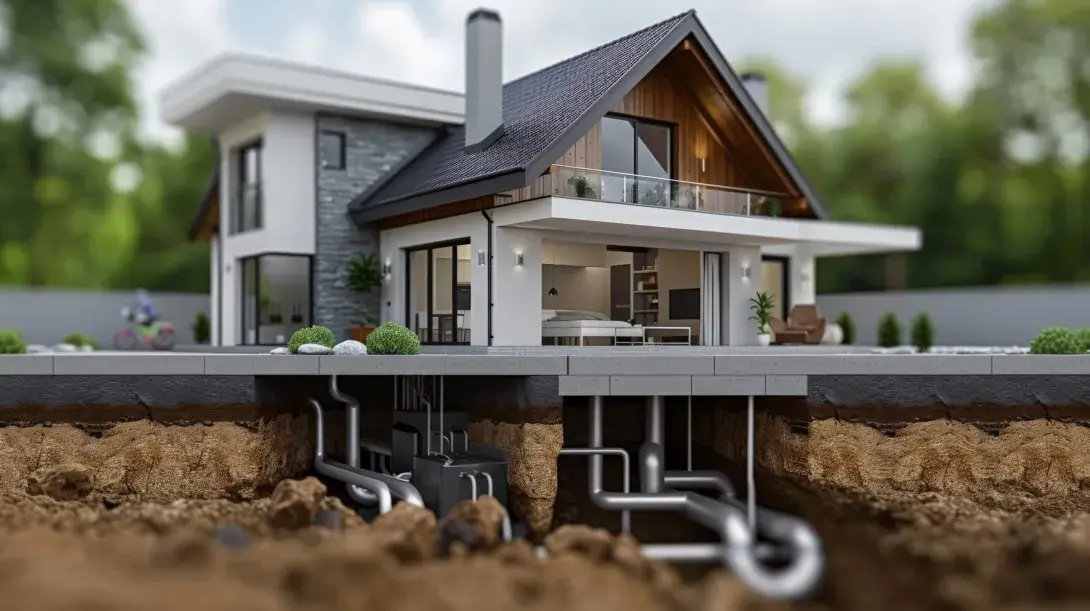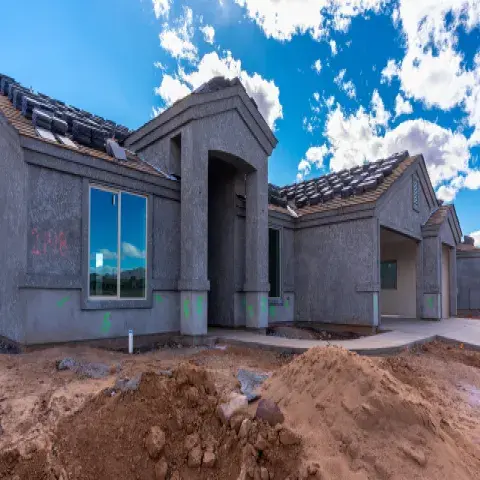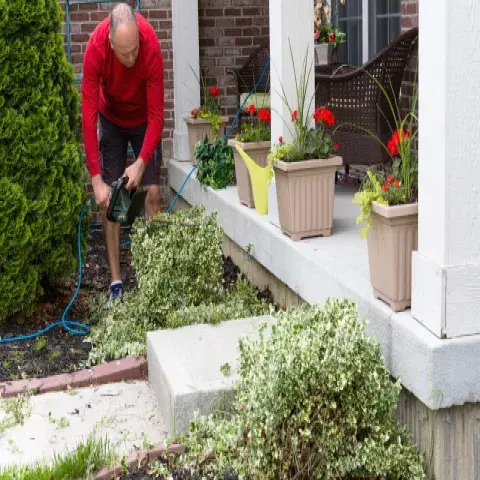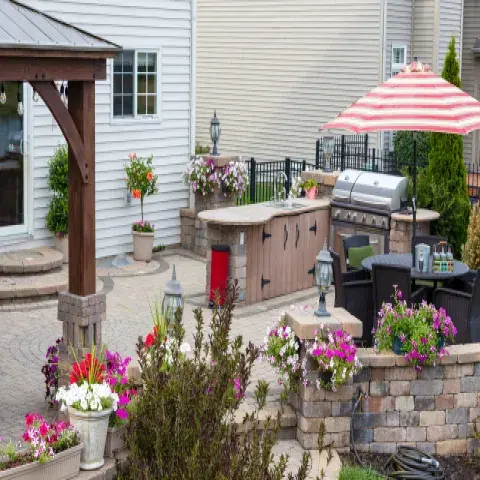Understanding the types of plumbing in a home is not only essential for maintenance and making repairs but for understanding how an insurance claim may be covered due to water damage. Homeowners and Insurance Agents need to be well versed on insurance policy coverage and limitations as it applies to plumbing and water damage claims.
According to the Insurance Information Institute (III) annual study into the causes of home insurance losses, Water Damage and Freezing made up between 18% and 23.5% of all home insurance claims between 2017 and 2021 with an average loss per claim of $12,514.
Most of a home’s plumbing is hidden within its walls, in the basement, or in the crawl space and may be hard to identify to the untrained eye. Materials such as pre-2006 PEX, polybutylene, cast iron, and galvanized plumbing are considered high risk and may result in a water damage limitation set by most insurance carriers.
This guide is intended to help homeowners and agents to identify the different types of plumbing:
Types of Plumbing in Homes
Copper
- Characteristics: Common in older homes, durable, and resistant to corrosion.
- Identification: Reddish-brown color, metallic sound when tapped.
- Considerations: Can be expensive.
PEX (Cross-linked Polyethylene)
- Characteristics: Flexible, easy to install, and resistant to corrosion.
- Identification: Usually red, blue, or white; flexible and can bend easily.
- Considerations: Common in new construction and re-piping projects.
*Some Pre-2006 PEX, used in homes built between 1998-2006 in certain parts of the US, was prone to split/crack causing pinhole leaks. This piping can be identified by the manufacturing date on the pipe.
PVC (Polyvinyl Chloride)
- Characteristics: Used primarily for drain, waste, and vent pipes.
- Identification: White or cream-colored plastic.
- Considerations: Not suitable for hot water lines.
Galvanized Steel
- Characteristics: Common in homes built before the 1960s, prone to rust and corrosion over time.
- Identification: Heavy, magnetic, and a grayish color; may show signs of rust.
- Considerations: Can cause low water pressure due to corrosion.
Polybutylene
- Characteristics: A form of plastic resin that was used extensively in the manufacture of water supply piping from 1978 until 1995.
- Identification: Typically stamped with the code “PB2110”; flexible and sometimes curved. Most commonly grey in color, but they can be white, silver, black, or blue. Not used for waste, drain, or vent piping.
- Considerations: Durability and safety concerns led to a class action lawsuit causing them to be discontinued. The material breaks down easily with water chlorination and can flake chemical residue into the water supply. They are also prone to leaks.
The Right Professionals for Identifying and Assessing Your Home’s Plumbing System
To accurately identify and assess plumbing types, homeowners can consult the following professionals:
- Licensed Plumber or Certified Plumbing Contractor: Can inspect and identify plumbing types, suggest necessary repairs or upgrades.
- Home Inspector: Provides a general overview during home inspections. If you had a whole home inspection performed while purchasing your home, you may be able to locate the plumbing description in the home inspection report.
The most opportune time to identify your plumbing materials:
- Before Purchase: Ideally, during a home inspection before finalizing the purchase of a property.
- During Renovation Projects: When walls and floors are open, providing easy access to plumbing.
- Routine Maintenance: Regular plumbing check-ups can reveal the type and condition of the pipes.
Preventative Measures and Discounts
Homeowners can take several steps to mitigate plumbing risks and potentially lower their insurance premiums:
- Upgrading Plumbing Materials: Replacing outdated pipes with modern materials will provide you with peace of mind that you have reduced your risk of water damage and a costly insurance claim. Consult with your Insurance Professional to see if upgrading your outdated plumbing can result in reduction in home insurance premiums.
- Regular Maintenance and Inspections: Keeping up with regular plumbing maintenance and having your plumbing system inspected can prevent issues and show insurers that you are proactive in avoiding damage.
- Installing Leak Detection Systems: These systems can detect leaks early, preventing significant damage and qualifying for insurance discounts.
Why You Shouldn’t Ignore Bad Plumbing
- Structural Damage: Leaks and flooding can cause significant water damage. Persistent moisture can lead to mold growth.
- Health Hazards: Contaminated water from corroded pipes can pose health risks. Mold spores can cause respiratory problems.
- Property Value: Poor plumbing conditions can decrease a home’s market value. Major plumbing issues often require costly repairs.
- Energy Efficiency: Inefficient systems can lead to higher water heating costs and poor water pressure.
Understanding the types of plumbing in your home and their impact on insurance coverage is crucial for maintaining property value and ensuring adequate protection. Regular inspections by licensed professionals can help identify and address issues before they become significant problems. By being proactive and informed, homeowners can avoid costly repairs and ensure their plumbing systems are in optimal condition.



